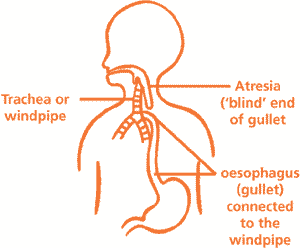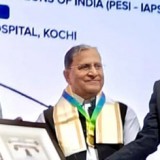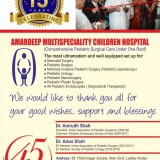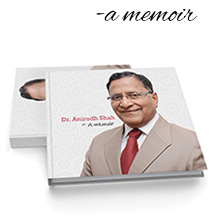What is oesophageal atresia?
Oesophageal atresia (OA) is a rare condition where a short section at the top of the oesophagus (gullet) is closed off. This means food cannot pass from the throat to the stomach.
What is tracheo-oesophageal fistula?
Tracheo-oesophageal fistula (TOF) is another rare condition, which tends to occur alongside oesophageal atresia. This is where the bottom end of the oesophagus is joined to the trachea (windpipe).
How are OA and TOF diagnosed?
Both OA and TOF tend to be diagnosed soon after birth. The doctor may try to pass a tube through the baby’s nose into the stomach (naso-gastric tube or NG tube), and find that it is not possible.
What causes them?
The causes of Oesophageal atresia are not known. It happens in 1 in 3000 to 1 in 5000 liver births. It is not due to anything that happened during pregnancy. OA and TOF can be associated with other problems like cardiac defects, bone or vertebral defects, anorectal malformations, kidney anomalies. All these will need to be looked for when a child is born with oesophageal atresia.
How are OA and TOF repaired? Are there any other options available?
This requires an operation. There are no other options or alternatives available for this.

What does the operation involve?
To repair the TOF, the surgeon will separate the oesophagus from the trachea and repair the part of the trachea where the oesophagus was originally joined. The method used to repair the OA depends on the distance between the ends of the oesophagus. In most cases, the surgeons will cut the blind end of the oesophagus and then join the two ends together to form a continuous passage from the throat to the stomach.
In rare cases called ‘long gap OA’ where the distance between the ends of the oesophagus are too large for the surgeon to be able to join them straightaway. Also in some children, the lower end of the oesophagus may not be connected with the trachea (pure oesophageal atresia without T.O.Fistula) . In these events a staged operation may be needed.
What happens afterwards?
The child comes back to the intensive care unit. The child may need help with breathing with either oxygen support or in some children with a ventilator. All babies are closely monitored after the operation. Your baby will be connected to monitors to check his or her breathing, heart rate and oxygen levels. He or she will also be given pain relief.
In a day or two, the child is started to be fed through the tube placed through the nose into the stomach. This continues for the next 5-7 days following which a study is done to show whether the repair has healed well. Following this, the child is fed milk orally. Once the doctors are happy that the child is feeding well, he or she is sent home. .
What is the outlook for children with OA and TOF?
If the OA and TOF occur on their own, with no other associated problems, the outlook for children who have them is good, with the majority growing up to live normal lives. The outlook for children with OA and TOF who have other difficulties varies depending on how severe these other problems are.
However, there are a couple of problems which may occur and which you should know about. They tend to happen most often in the first few years after the operation and improve as the child grows older.
The area of the trachea which was attached to the lower end of the oesophagus may become floppy or lax. This is called tracheomalacia. This leads to a distinctive loud ‘barking’ cough which is many a times scary for the parents. However, this tends to improve with age and has little effect on the child’s breathing when older.
Feeding problems may also occur due to the oesophagus narrowing where it was originally repaired. Sometimes it needs widening and this will be done with the help of endoscopes.
Some children who have had OA and TOF develop a problem with gastro-oesophageal reflux when they are older. This is where the contents of the stomach flow back up the oesophagus (gullet) causing pain and irritation. This needs treatment in the form of medications and dietary modifications. Severe and long standing cases or children with associated complications secondary to the gastro-oesophageal reflux may need operative treatment also. The doctor would be explaining details of the same if and when required. More details can be obtained from the ‘gastro oesophageal reflux’ leaflet.




